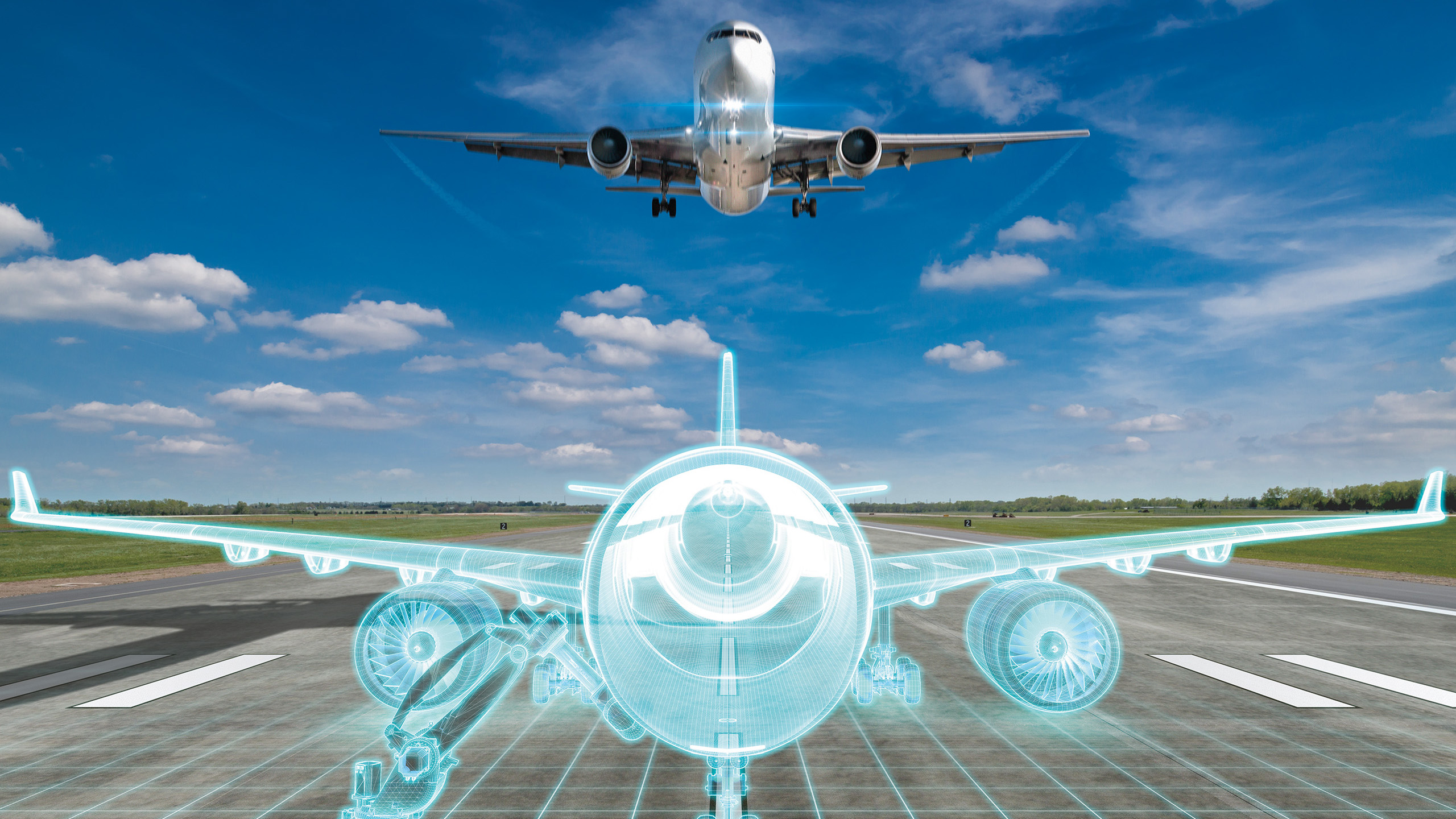Digital aerospace engineering with MBSE

Safety and innovation have always been hallmarks of the aerospace industry. Though they have not always been served in equal portions. In the early days of powered flight, regulations were introduced with the passing of the Air Commerce Act in 1926 in an attempt to curb the high-accident rates of the craft at the time. And later when the Oil Crisis nearly crippled the industry from lack of investment, innovation was stifled from. These two pillars of the industry need to occur in-balance to thrive.
During the space race, a new methodology was adopted to safely implement the new technologies being added to space craft – model-based systems engineering (MBSE). It was a game-changer, enabling development of the highly integrated systems that brought astronauts to the moon and passengers across the Atlantic faster than ever before. This has worked well for decades, many companies expanding on the process into the digital world to handle designs and drawings. But as the definitions for safety and innovation began to change, the efficacy of traditional MBSE has faded.
A new industry
Today’s innovations in aerospace are not incremental improvements to systems or optimizing engines for more thrust, they are complete reworkings of what a plane is and should be – new propulsion systems, new shapes and a newfound reliance on electronics and software. This shift, similar to what is happening in the automotive industry with autonomy and electrification, is pushing manufacturers to reassess how validation is completed. How do you test the security of software systems? How do you prevent interference between electrical systems? And how do these systems interface with the myriad mechanical systems of an aircraft?
At the same time, safety has grown to encompass more than the passengers, the crew and those on the ground. Now safety includes the well-being of earth. Regardless of if it is a regulatory requirement or a need for positive public image, aircraft are becoming greener, expounding the pressures on innovation. Electric engines require a storage media and batteries are far less energy-dense than jet fuel, so aircraft need to be designed lighter, while retaining strength. Even the stop-gap solution until the new propulsion comes to dominance will require weight improvements – to reduce fuel consumption, either due to increased fuel cost or pressure from regulators.
A new toolbox
This is not a death-knell for the industry, if anything it is an opportunity to innovate further, finding new propulsion methods, new aircraft designs and new system architectures to slash emissions. It is also not an entirely new problem for the industry, it has always towed the line between innovation and safety. Now there are tools for achieving that balance faster than ever before – with digital development and MBSE. Development cannot rely on the legacy, document-centric, approach because the systems have become too complex and would take far too long to develop without digital engineering.
In a webinar, hosted by Murdo Morrison of FlightGlobal, three industry experts discuss this exact transition of the aerospace industry. Dale Tutt, VP of Aerospace and Defense at Siemens Software, Andy Schofield of BAE Systems and Paul Niewald from Boeing talk about the history of program orchestration with system modeling. The three walk through how difficult document-centric have been in producing highly integrated systems with hundreds of 3rd party suppliers as well as how future development will require tighter-knit teams of different disciplines to create the best product faster.
Siemens Digital Industries Software is driving transformation to enable a digital enterprise where engineering, manufacturing and electronics design meet tomorrow.
Xcelerator, the comprehensive and integrated portfolio of software and services from Siemens Digital Industries Software, helps companies of all sizes create and leverage a comprehensive digital twin that provides organizations with new insights, opportunities and levels of automation to drive innovation.
For more information on Siemens Digital Industries Software products and services, visit siemens.com/software or follow us on LinkedIn, Twitter, Facebook and Instagram.
Siemens Digital Industries Software
– Where today meets tomorrow


